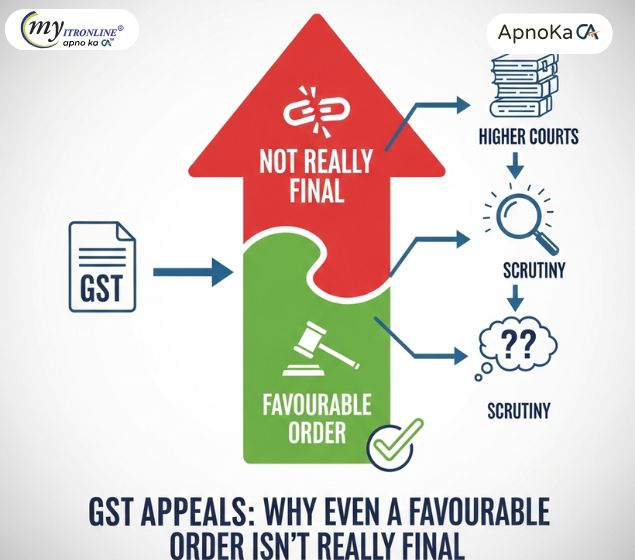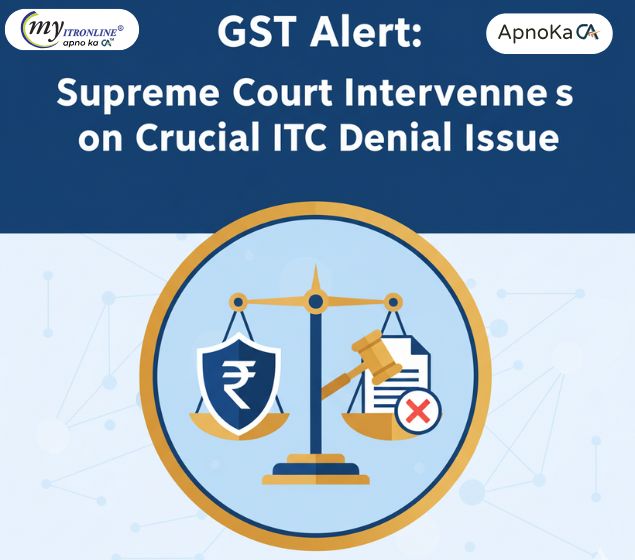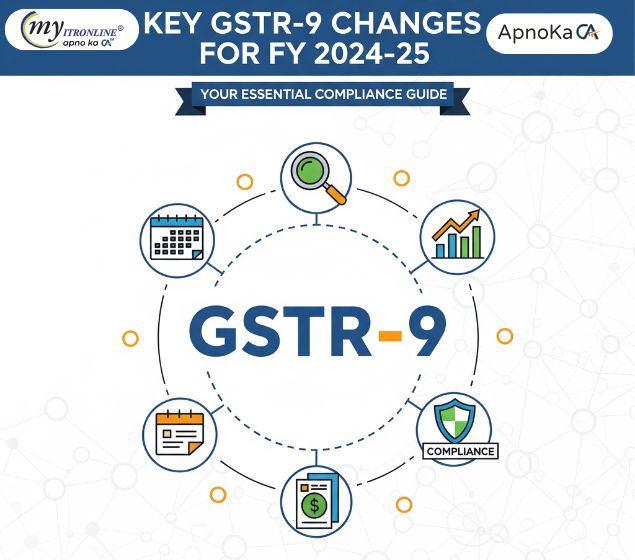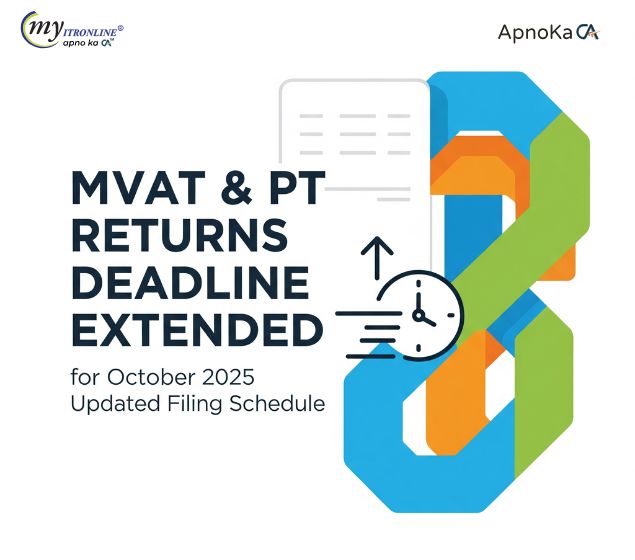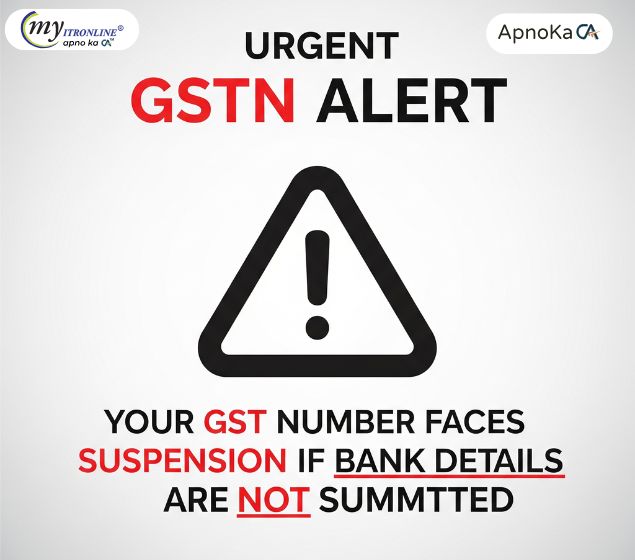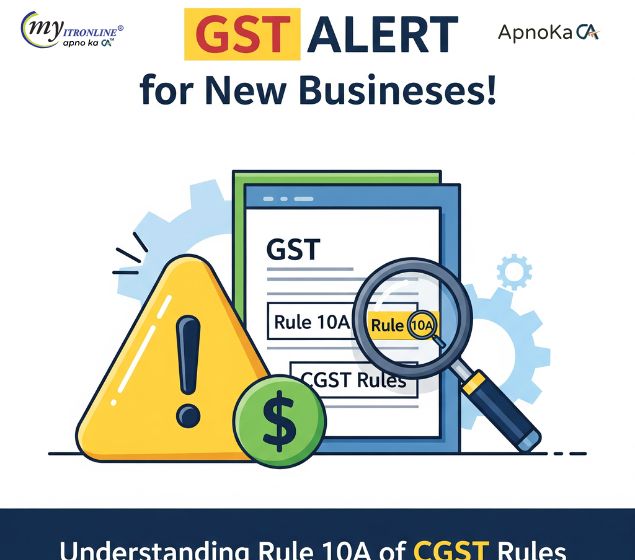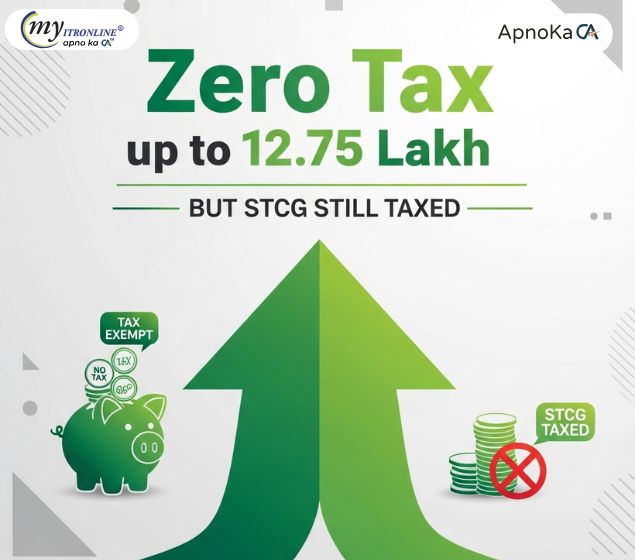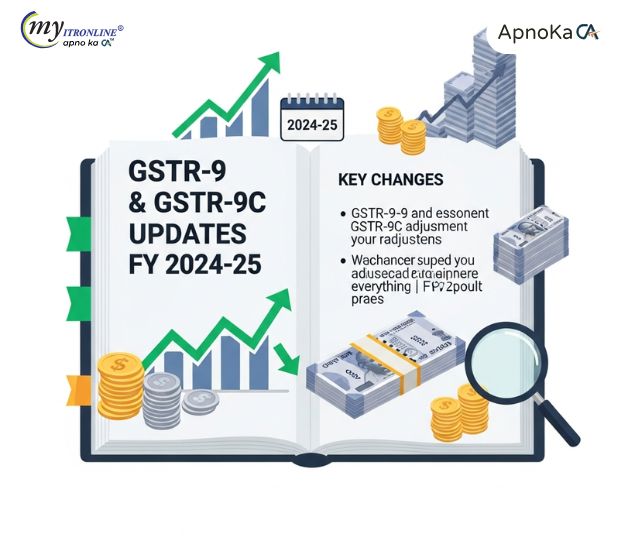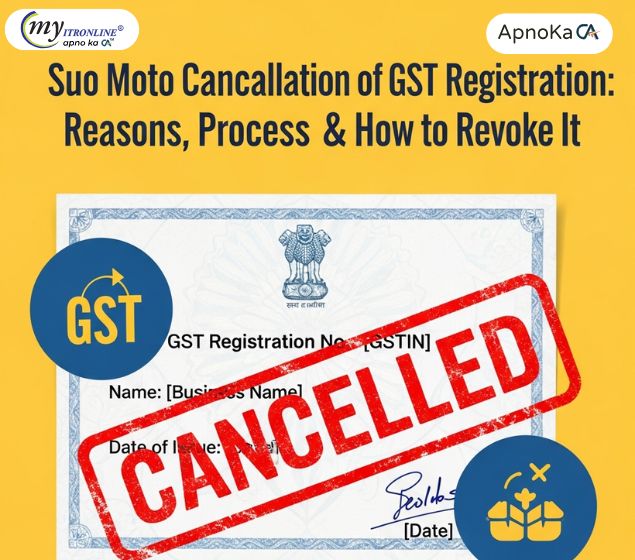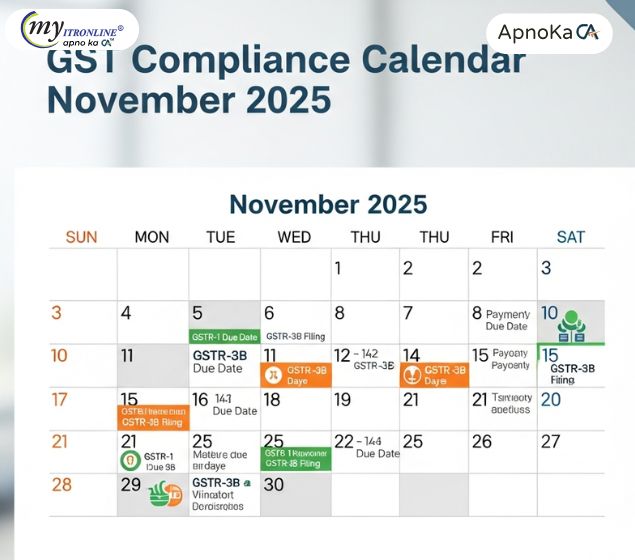GSTR-1/1A Table 12 Divided: What Every Taxpayer Needs to Know
The GSTN has rolled out crucial Phase-III changes to GSTR-1/1A Table 12, effective from April/May 2025. Key updates include the bifurcation of Table 12 into separate B2B and B2C sections, mandatory HSN/SAC code selection via dropdowns, and the introduction of value validations (initially in warning mode). This summary details these modifications, their impact on taxpayers based on AATO, and essential preparation steps to ensure smooth compliance.
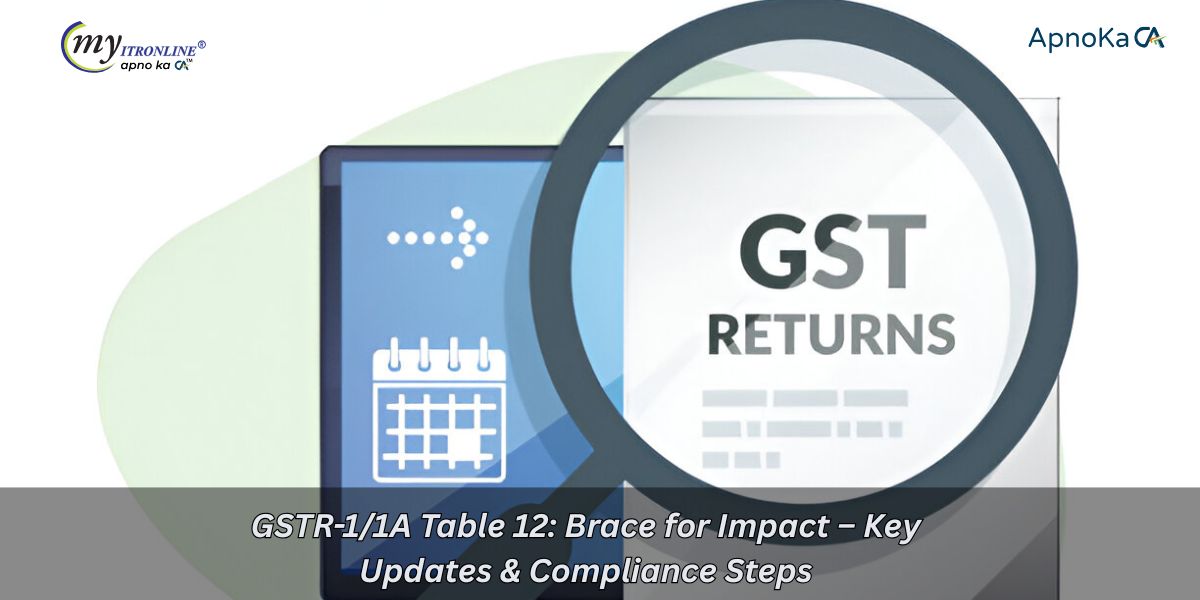
CLICK HERE
Significant Update: GSTR-1/1A Table 12 Divided – A Comprehensive Overview of Recent Modifications
The Goods and Services Tax Network (GSTN) is continuously refining the GST compliance framework to improve precision, facilitate reporting, and minimize mistakes. In an important update, GSTN has introduced Phase-III modifications to Table 12 of GSTR-1 and GSTR-1A, affecting how companies report HSN-wise summaries of their outward supplies. These changes, set to take effect from the April/May 2025 tax period (which means returns will be filed in May/June 2025), require all taxpayers to have a comprehensive understanding and adjustment.
What are the Changes in GSTR-1/1A Table 12?
Table 12 of GSTR-1/1A, which previously consisted of a single section for reporting HSN/SAC-wise summaries, has experienced a significant division along with several key improvements:
1. Division into B2B and B2C Sections:
The most notable change is the separation of Table 12 into two distinct sections:
- B2B Supplies: This section is intended for reporting HSN/SAC-wise summaries of supplies made to registered individuals (Business-to-Business transactions).
- B2C Supplies: This section pertains to reporting HSN/SAC-wise summaries of supplies made to unregistered individuals (Business-to-Consumer transactions).
This differentiation aims to offer a clearer and more detailed perspective on supply trends, facilitating improved data analysis for tax authorities and businesses. Taxpayers are now required to provide HSN/SAC-wise details separately under their respective B2B and B2C sections.
2. Compulsory HSN/SAC Selection from Dropdown – No Manual Input:
A significant change is the elimination of manual input for HSN (Harmonized System of Nomenclature) and SAC (Service Accounting Code) codes. Taxpayers will now need to:
- Choose the appropriate HSN/SAC code from a predefined dropdown list available on the GST portal. This reduces the likelihood of errors stemming from incorrect or invalid code entries.
- After selection, a "Description as per HSN Code" field will automatically populate from the HSN/SAC master, ensuring uniformity and standardization of descriptions.
3. Implementation of Value Validations (Initially in Warning Mode):
To promote greater accuracy and consistency, the system will now execute validations, cross-checking the HSN/SAC-wise value totals in Table 12 against values reported in other relevant sections of GSTR-1.
- For B2B Supplies: Values documented in the B2B section of Table 12 will be validated against values in tables like 4A, 4B, 6B, 6C, 8, 9A/9B/9C (registered), 15, and 15A. This ensures that the HSN summary for B2B aligns with the details provided in your B2B invoices.
- For B2C Supplies: Values recorded in the B2C section of Table 12 will be verified against values in tables such as 5A, 6A, 7A/7B, 8 (recipient unregistered), 9A (export & B2CL), 9B/9C (unregistered), 10, 15, and 15A. This assists in reconciling B2C HSN summaries with your B2C sales and amendments.
- Important Note: Initially, these validations operate in "warning mode". This indicates that while mismatches will generate alerts, they will not prevent the filing of GSTR-1. However, taxpayers are strongly encouraged to correct any discrepancies, as future phases may enforce these validations, making them mandatory and potentially blocking. Leaving the B2B section of Table 12 blank, even if you have reported B2B invoices elsewhere, will trigger warnings.
Enhanced Functionalities:
- A new button has been added in Table 12, allowing taxpayers to download an updated and comprehensive list of HSN and SAC codes in Excel format. This will assist in ensuring accurate classifications.
- Searchable "Product Name as in My Master": This optional feature enables taxpayers to look up product/service descriptions they have recorded in their own HSN master. When selected, the system can automatically fill in the HSN/SAC code, description, Unit Quantity Code (UQC), and quantity, further simplifying the reporting process. This offers significant convenience for businesses with large product inventories.
Who Needs to Comply and When?
These modifications will be rolled out in phases. For taxpayers with an Aggregate Annual Turnover (AATO):
- Up to ₹5 crore: Mandatory reporting of 4-digit HSN/SAC codes will be required.
- More than ₹5 crore: Mandatory reporting of 6-digit HSN/SAC codes will be enforced.
The Phase-III changes will mainly take effect from the tax period of April 2025 onward (for monthly filers, this will apply to returns filed in May 2025). For quarterly filers, this will influence returns submitted for the April-June 2025 quarter onward (to be filed in July 2025). Consequently, the GSTR-1 return for the May 2025 tax period (which will be filed in June 2025) will need to include these detailed classifications.
Impact on Taxpayers and How to Prepare:
These updates mark a significant advancement toward enhanced data accuracy and transparency in GST reporting. Here’s how they affect taxpayers and suggested preparations:
1. Increased Precision and Granularity:
- Impact: The distinction will offer a clearer overview of your business’s outward supplies, segregating registered from unregistered customers. This can prove advantageous for internal assessments, compliance audits, and recognizing potential inconsistencies.
- Preparation: Make sure your accounting and billing systems can differentiate B2B and B2C sales at the HSN/SAC level. Update your software to support these new reporting fields for a streamlined transition.
2. Reduced Manual Errors and Misclassifications:
- Impact: The mandatory dropdown selection for HSN/SAC codes will significantly minimize typographical errors, invalid codes, and incorrect entries, resulting in more precise returns.
- Preparation: Get acquainted with the accurate HSN/SAC codes for all of your products and services. Use the "Download HSN Codes List" feature on the portal to verify your current HSN master. If you maintain an internal HSN master, ensure it is current and error-free.
3. Enhanced Data Consistency and Reconciliation:
- Impact: The implementation of value validations, even in warning mode, indicates a strong focus on improving consistency between Table 12 and other sections of GSTR-1. This will ultimately decrease mismatches and lower the chances of receiving notices from the department.
- Preparation: Actively reconcile your HSN/SAC-wise summary data with your B2B invoices (Tables 4, 6, 8, etc.) and B2C supplies (Tables 5, 7, 8, etc.). Resolve any discrepancies before filing, even if these validations are presently only warnings. Ensure that you do not leave the B2B tab of Table 12 blank if you have reported B2B invoices elsewhere in GSTR-1; this is a frequent error that could lead to warnings.
4. Software Updates are Essential:
- Impact: Your existing GST accounting software, ERP systems, or API-based filing solutions must be updated to align with these new GSTR-1 formats and dropdown functionalities.
- Preparation: Reach out to your software vendor promptly to confirm that they have released suitable updates. Rigorously test the new functionalities before the filing deadline for the April/May 2025 period.
5. Training for Your Team:
- Impact: Your accounting and GST compliance teams will need to grasp these updated reporting requirements and the new portal interface.
- Preparation: Organize internal training sessions to ensure your team is well-informed about the changes and can file returns correctly. Highlight the importance of accurate HSN/SAC selection and reconciling checks.
6. Significance of SAC Codes for Services:
- It is essential to keep in mind that SAC codes should be utilized in Table 12 for services. The division and required dropdown selection apply to SAC codes for services just as they do for HSN codes for goods. Make sure you have precise SAC codes for all your service offerings.
Conclusion
The division of GSTR-1/1A Table 12, along with the compulsory dropdown selection of HSN/SAC codes and value checks, represents an important advancement toward a more dependable and mistake-free GST compliance framework. Although these modifications may necessitate some initial effort from taxpayers to adjust their systems and procedures, they aim to simplify future filings, improve data accuracy, and ultimately promote a more favorable tax atmosphere. Remaining updated by frequently reviewing advisories on the official GST Portal and taking proactive steps to prepare for these changes is crucial for ensuring smooth compliance and preventing potential challenges. View these updates as a chance to enhance your GST reporting methods.
FILING YOUR INCOME TAX RETURN F.Y 2024-25 (A.Y. 2025-2026) WITH MYITRONLINE
The income tax filing deadline is right around the corner. If you haven’t filed yet, do it today with Myitronline! Avoid last minute rush and file your tax return today on MYITRONLINE in Just 5 mins.(www.myitronline.com)
If you are looking for eCA assistance to file your income tax return/ GST, you can opt for MYITRONLINE eCA assisted plan starting
Upload Salary Individual Form-16
If you have any questions with filing your tax return, please reply to this mail. info@myitronline.com OR call 9971055886,8130309886.
Note-All the aforementioned information in the article is taken from authentic resources and has been published after moderation. Any change in the information other than fact must be believed as a human error. For queries mail us at marketing@myitronline.com
Krishna Gopal Varshney
An editor at apnokacaKrishna Gopal Varshney, Founder & CEO of Myitronline Global Services Private Limited at Delhi. A dedicated and tireless Expert Service Provider for the clients seeking tax filing assistance and all other essential requirements associated with Business/Professional establishment. Connect to us and let us give the Best Support to make you a Success. Visit our website for latest Business News and IT Updates.
Leave a reply
Your email address will not be published. Required fields are marked *Share this article
Krishna Gopal Varshney, Founder & CEO of Myitronline Global Services Private Limited at Delhi. A dedicated and tireless Expert Service Provider for the clients seeking tax filing assistance and all other essential requirements associated with Business/Professional establishment. Connect to us and let us give the Best Support to make you a Success. Visit our website for latest Business News and IT Updates.
View articles








